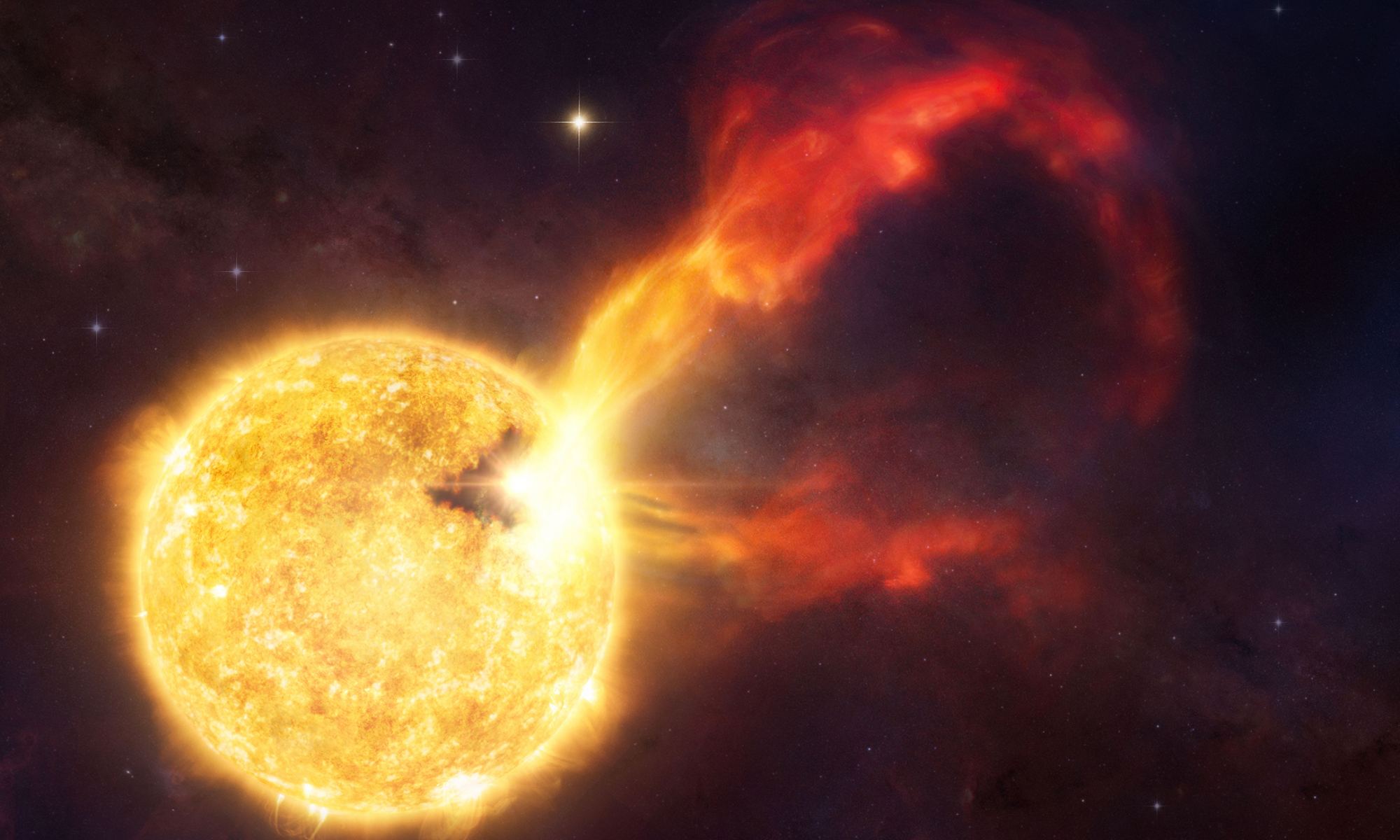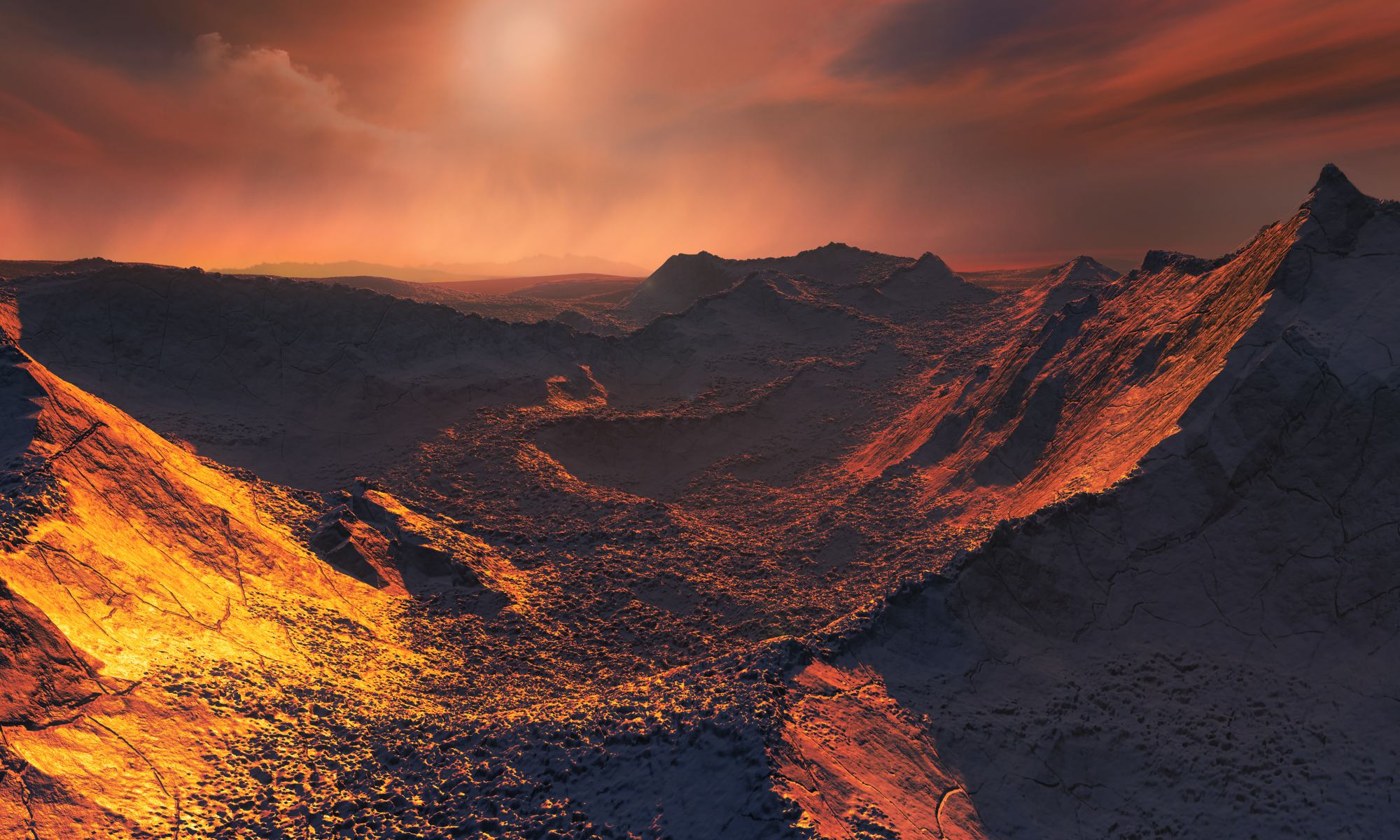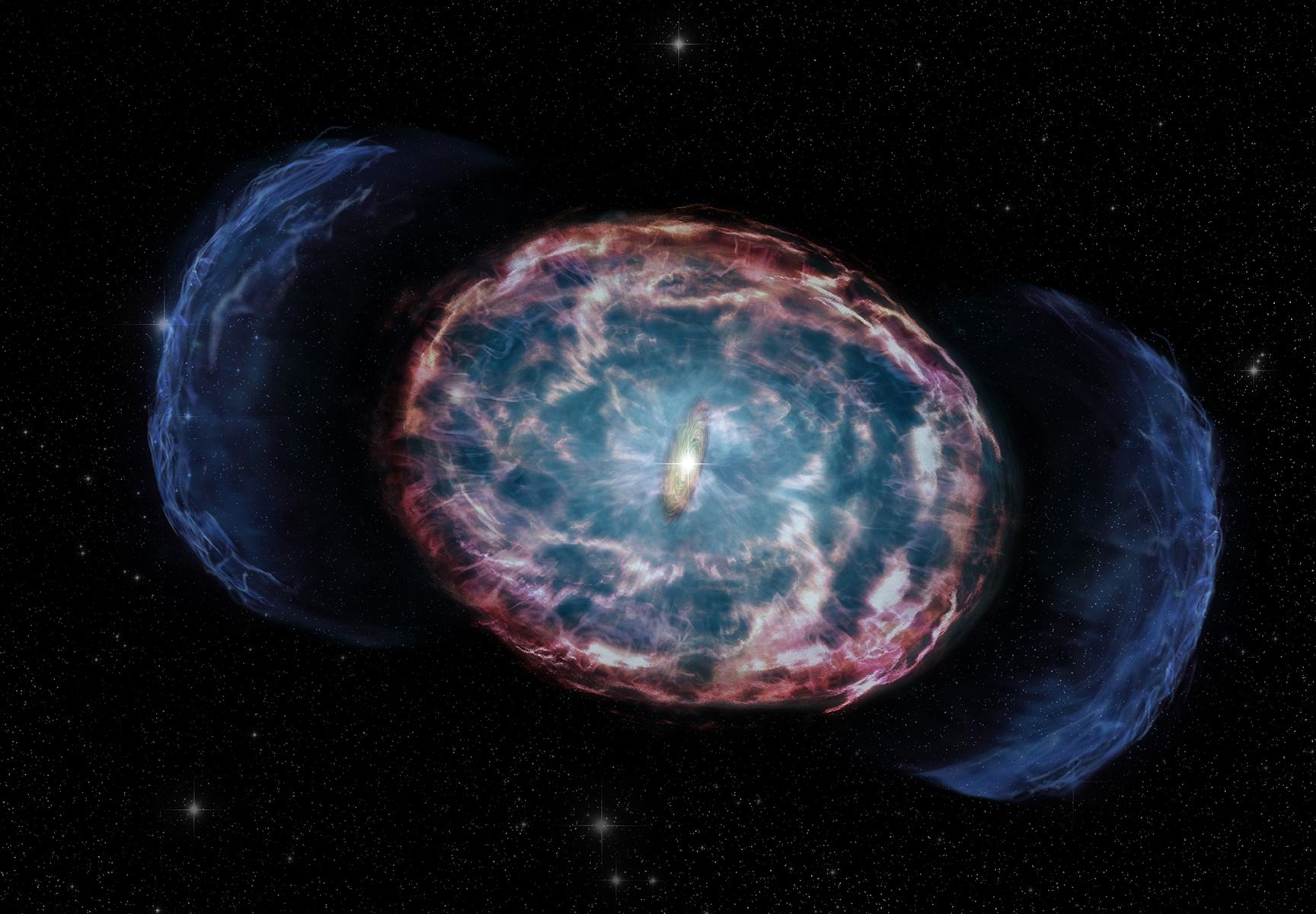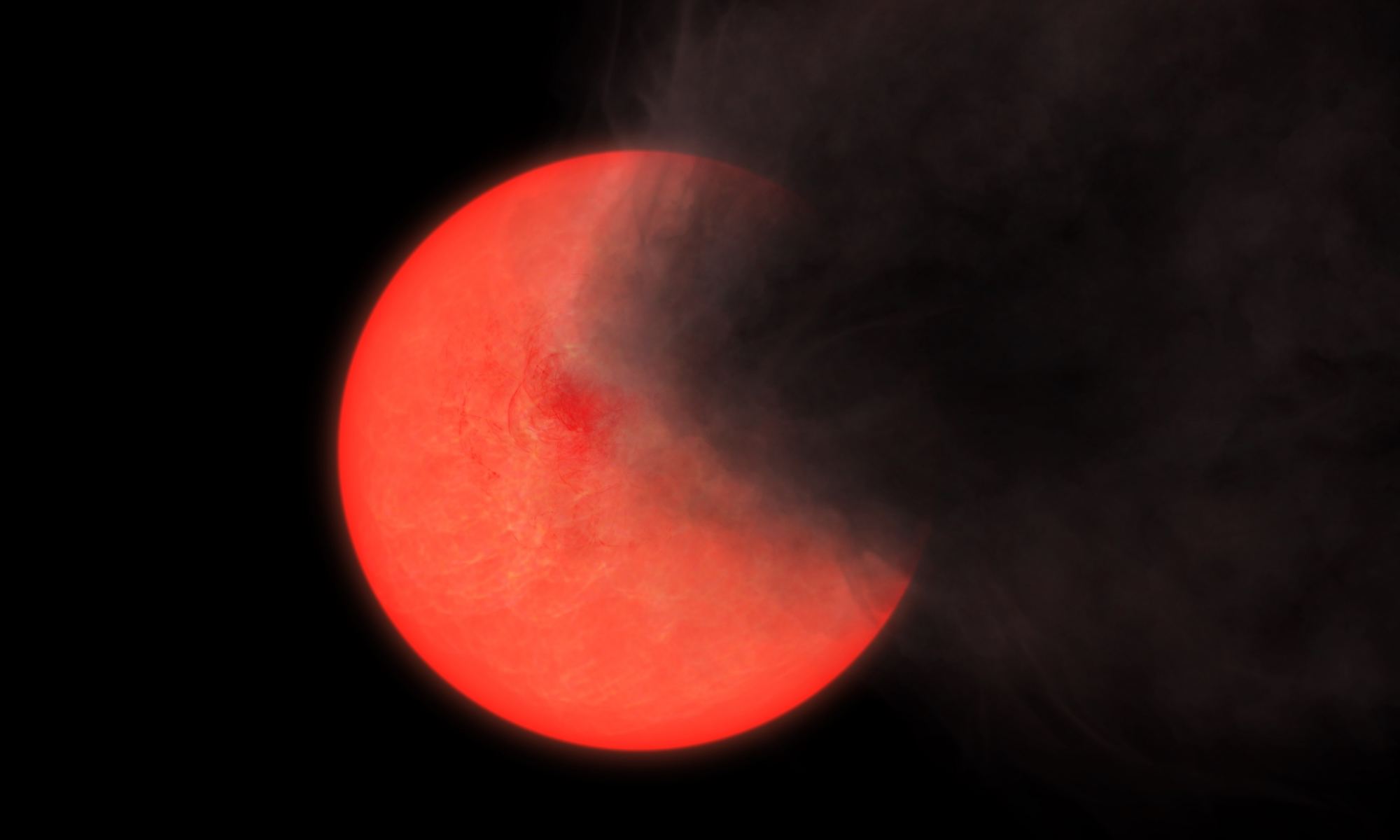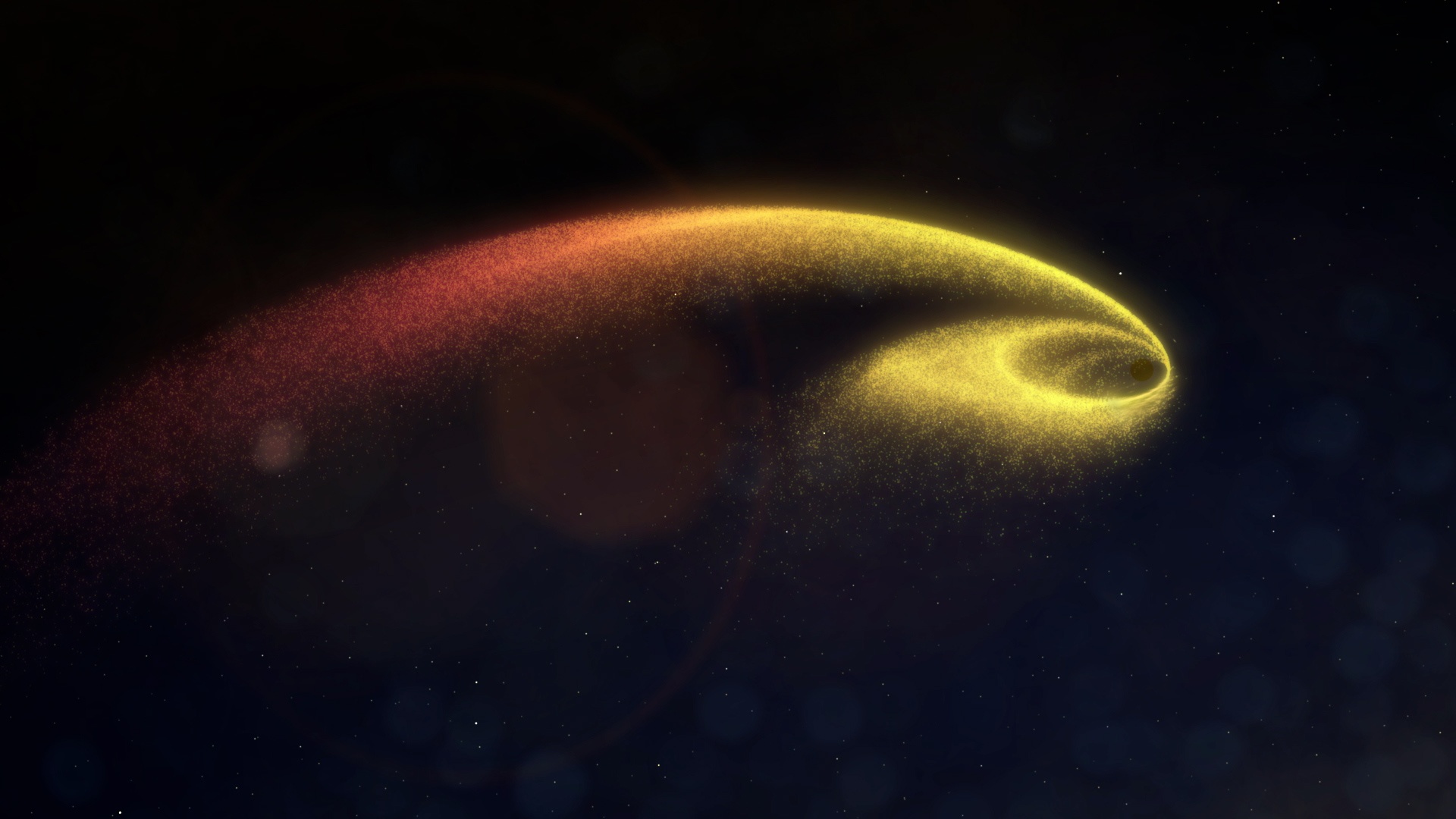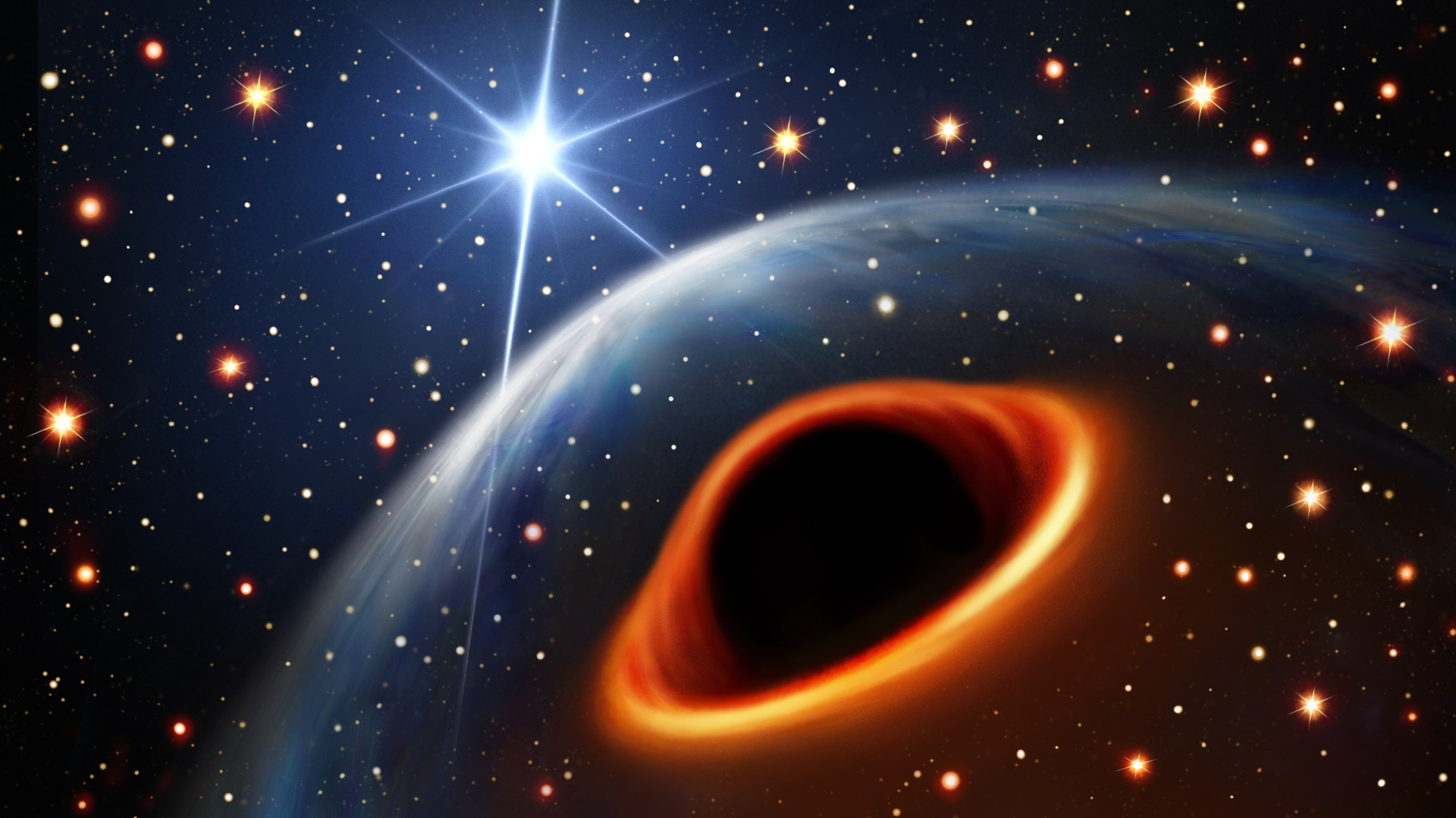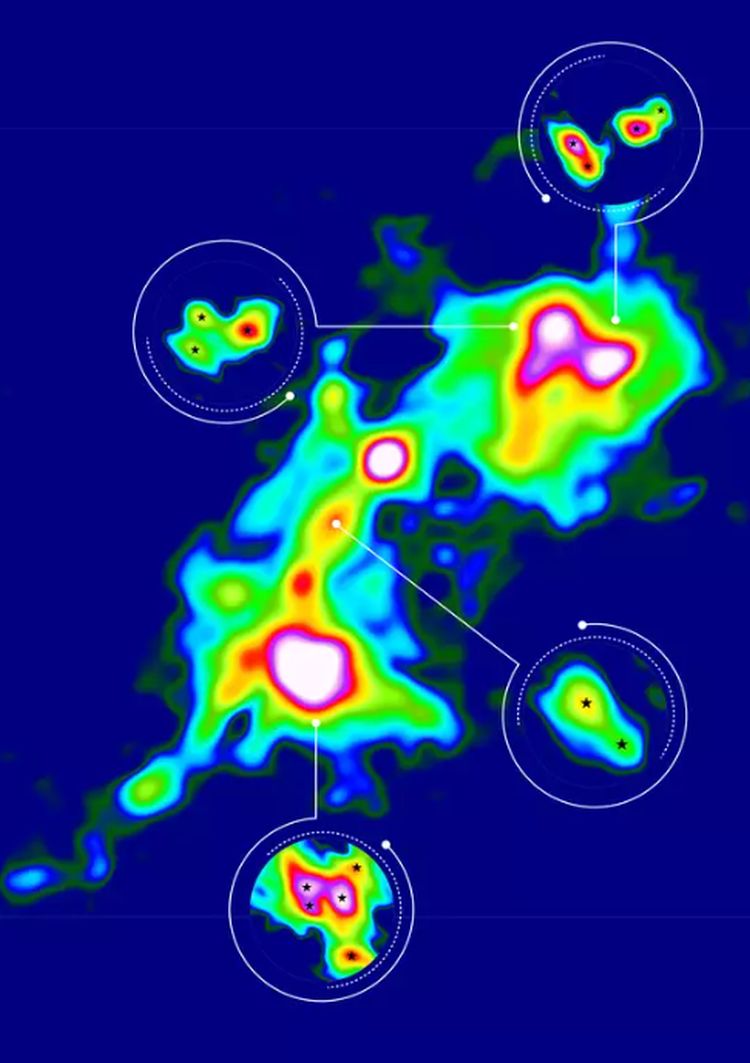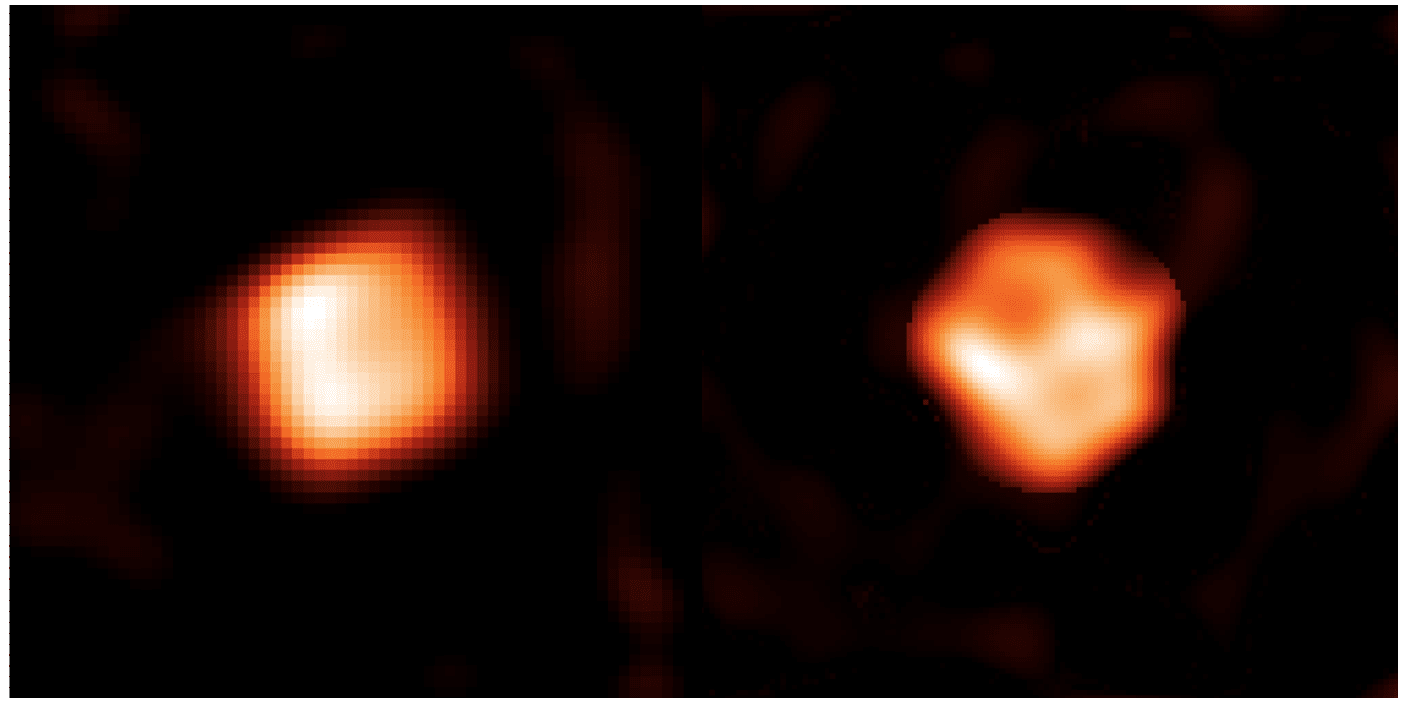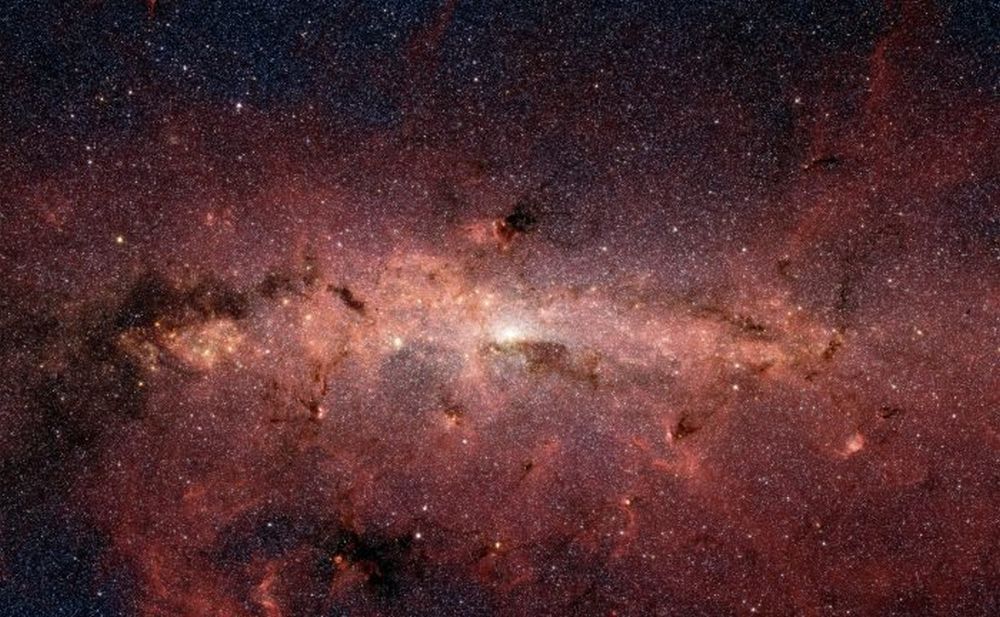Why would a young Sun-like star suddenly belch out a hugely bright flare? That’s what astronomers at Harvard Smithsonian Astrophysical Observatory want to know after they spotted such an outburst using a sensitive submillimeter-wave telescope. According to Joshua Bennett Lovell, leader of a team that observed the star’s activity, these kinds of flare events are rare in such young stars, particularly at millimeter wavelengths. So, what’s happening there?
Continue reading “Even Stars Like the Sun Can Unleash Savage Flares in Their Youth”Even Stars Like the Sun Can Unleash Savage Flares in Their Youth
